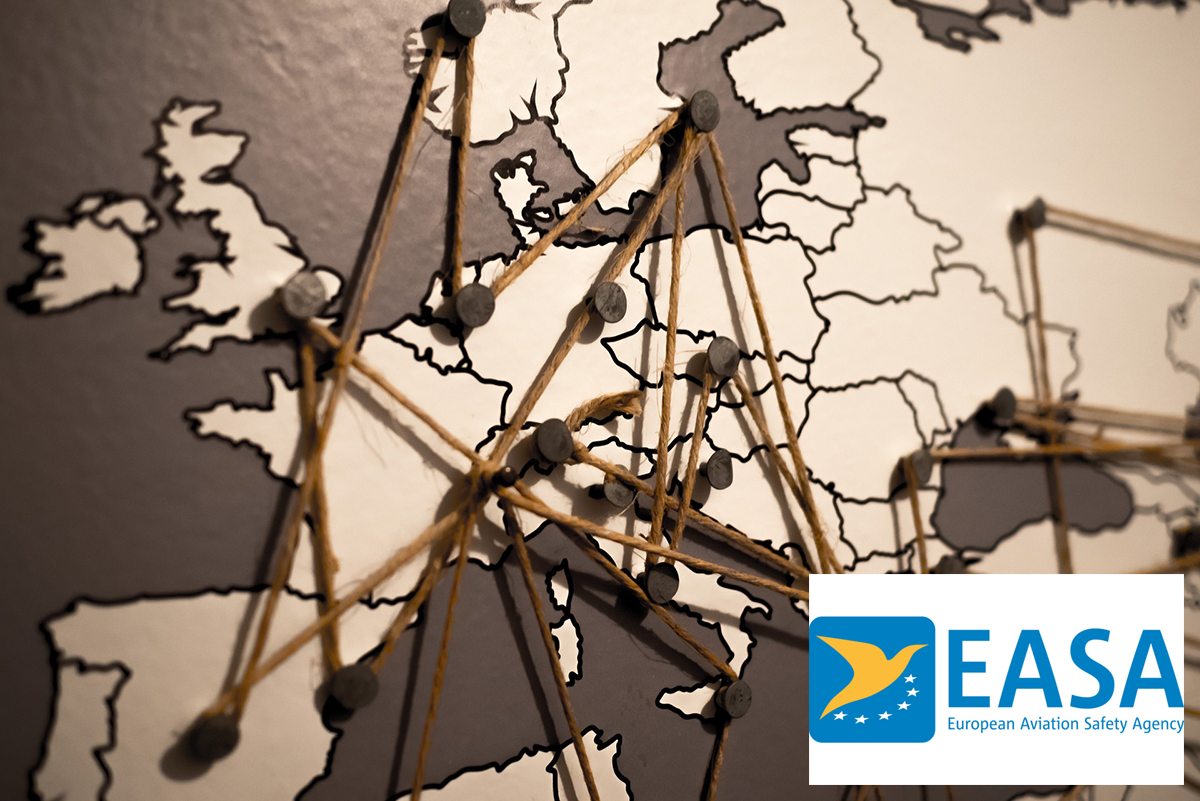June 11, 2019, marked a very important day for the drone industry in Europe, as it represented the culmination of an effort that has been in the works for many years now. After a lengthy negotiation process, the European Union Aviation Safety Agency (EASA) finally published common, pan-European rules on unmanned aerial vehicles (UAV). The regulation, titled Commission Delegated Regulation (EU) 2019/945 & Commission Implementing Regulation (EU) 2019/947 was created to ensure drone operations across Europe are safe and secure. The rules will, amongst other things, help to protect the safety and the privacy of EU citizens while also enabling the free circulation of UAV’s or UAS’ and a level regulating playing field within the European Union.
While the regulation is legislated to go into effect 20 days after the announcement, it will only be applicable in one year to give Member States and operators time to prepare and implement it. As of June 2020, operators of drones will need to register in the Member State where they have their residence or their main place of business.“Europe will be the first region in the world to have a comprehensive set of rules ensuring safe, secure and sustainable operations of drones both, for commercial and leisure activities. Common rules will help foster investment, innovation and growth in this promising sector” said Patrick Ky, Executive Director of EASA.The common rules will help drone operators, whether professional or recreational, have a clear understanding of what is allowed or not at a continental level. It also will enable them to operate across borders. Once drone operators have received authorization in the state of registration, they are allowed to freely circulate in the European Union, something that the United States has struggled to do as individual states continue to enact their own unique drone regulations. This means that they can operate their drones seamlessly when traveling across the EU or when developing a business involving drones around Europe.The new rules include technical as well as operational requirements for drones. On one hand, they define the capabilities a drone must have to be flown safely. For example, new drones will have to be individually identifiable, allowing the authorities to trace a particular vehicle if necessary. This is aimed at preventing events similar to the ones which happened in 2018 at Gatwick and Heathrow airports. On the other hand, the rules cover each operation type, from those not requiring prior authorization, to those involving certified aircraft and operators, as well as minimum remote pilot training requirements. The new rules will replace existing national rules in EU Member States. Additionally, the rules place drone operations in broad risk-based categories: open, specific, and certified. More details can be found on EASA’s comprehensive page dedicated to the implementation of the ruling.EASA will also publish guidance materials and a proposal for two "standard scenarios" to support drone operators to comply with the adopted rules. Towards the end of the year, the European Agency will make a proposal to the European Commission for U-space service regulation to enable complex drone operations with a high degree of automation.As for the next steps in moving forward with full implementation, EASA is proposing to bring together regulatory bodies and industry experts from all over the world to discuss the development of a common European market for drones during the yearly conference organized by the Agency during Amsterdam Drone Week that is set to take place this December.This example of cooperation is a model for similar geographies around the world and is obviously aimed at facilitating not only operation but to stimulate business. It's a development that could change the paradigm around how this technology is utilized across the continent.Subscribe
The information you submit will be stored and used to communicate with you about your interest in Commercial UAV News. To understand more about how we use and store information, please refer to our privacy policy.
June 12, 2019
EASA Publishes Common Drone Rules for All of Europe















Comments